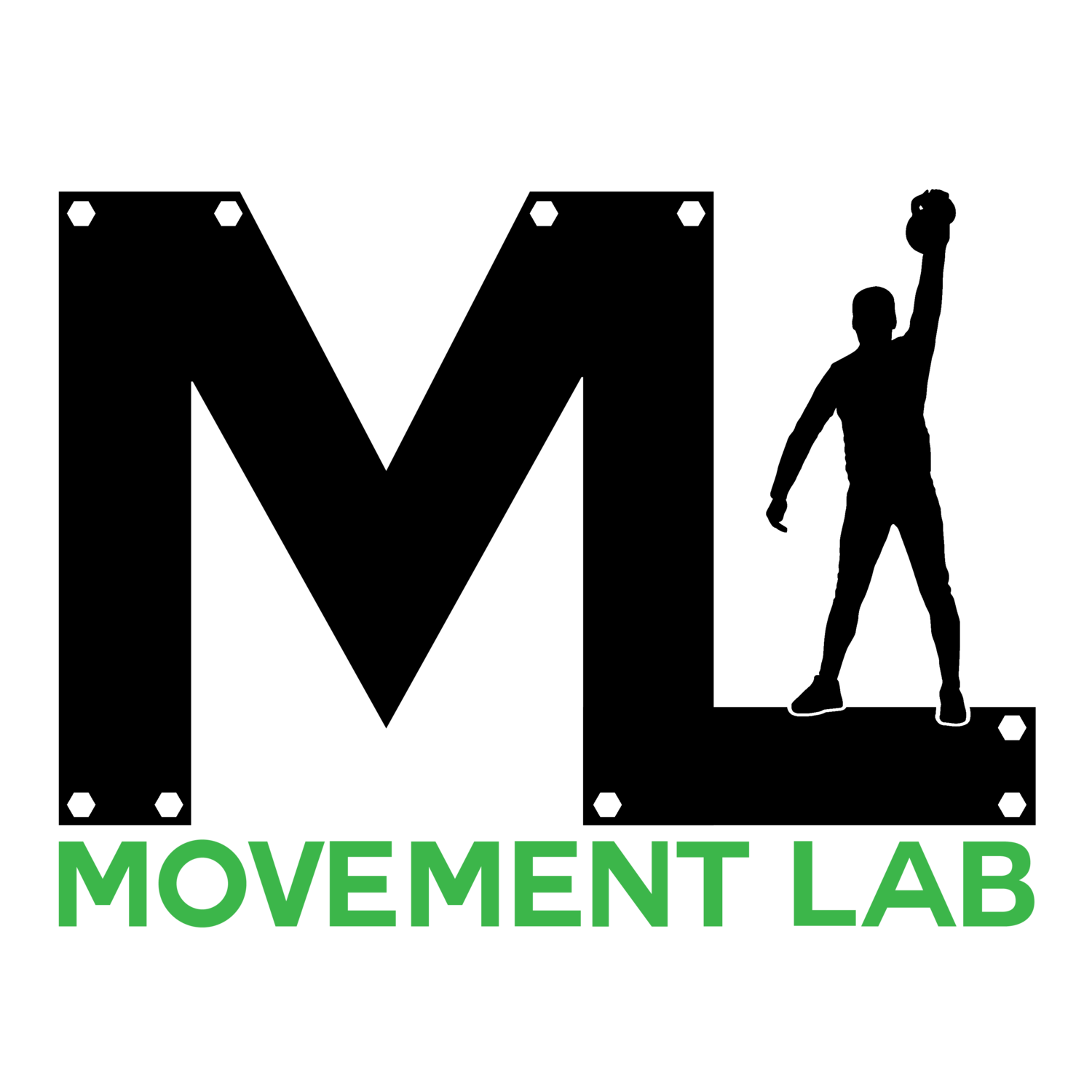“R” You Ready For Exercise?
Our diagnostic approach, Selective Functional Movement Assessment, at the clinic helps us determine the most effective treatment plan for each individual person. We do this by keeping in mind three important "R's" to develop individualized rehabilitation and exercise plans.
Reset. Reinforce. Reload.
There are important concepts that need to be considered when performing this checklist as well. Now this checklist will involve the concept we talked about in the previous post of "Regional Interdependence". When we have assessed the movement patterns this will provide us what needs to be addressed whether it be a stability dysfunction or mobility dysfunction. Once the dysfunction has been determined, we can now begin the checklist.
For our checklist we will use touching your toes as an example.
Reset.
This will involve mostly passive care on the patient. Passive care will include methods that a person cannot do by themselves including: Manipulation, soft tissue work, myofascial work, dry needling etc. A reset can include pain reduction, decreasing inflammation, improving range of motion etc.
Resets are such a powerful tool because they provide the ability to do something you previously couldn't or can allow you to have more range of motion. Most people can probably relate to being worked on and feeling better, but then proceed to return to the previous range of motion or discomfort.
Using our example, you come into the clinic not being able to touch your toes. You have a passive form of treatment done and now you can touch your toes. Following that treatment, when you get home, you no longer are able to touch your toes. Why did you lose the ability at the end of the day? Because we didn't reinforce that goal.
Reinforce.
This includes anything that helps drive the goal of what is being focused on. These are corrective exercises given to help you get to your goal. For our purposes, this would be an exercise given to help you reach your toes. We are not trying to overload a movement pattern, but trying to support an effective stability pattern. Reinforcement is not to challenge a movement, but to prevent you from backsliding.
Your Reset was done and you are able to touch your toes! But you return home unable to touch your toes and you remember your corrective exercise is a toe touch progression.
Then you remember you are not supposed to go to bed unless you can touch your toes... That's right, Homework never ends…
Think of this as trying to remember a number. You have to repeat and re-learn the number multiple times before it is committed to your memory.
Reload.
This is where returning to exercise and beginning to significantly challenge the body comes in.
Reloading patterns are designed to help maintain and support any gains you have made. This is where precise programming is important because it helps "hit the save button" on movements along with continuing to improve beyond the goal. Reloading programming is important because we are encouraging proper movement patterns.
The Reload is such an important part because we do not want to add strength to a dysfunction.
Your Reset was performed to help you touch your toes
You Reinforce touching your toes with your toe touch progression exercise
You Reload touching your toes by challenging the pattern by adding load to it with deadlifts.
The Three R's are important to always keep in mind because they help identify a baseline movement and focus on promoting constant improvement with goal oriented care and improvement beyond expectations.
